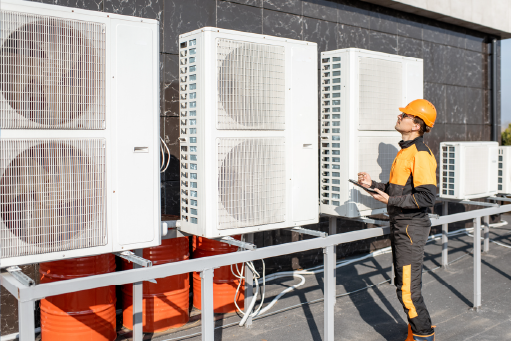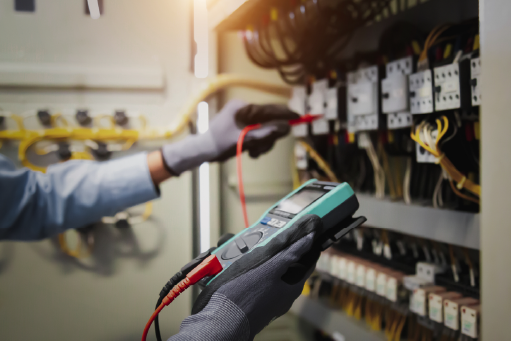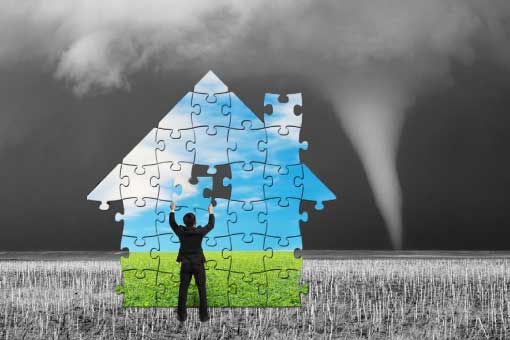
by 7NOX Team | Feb 24, 2023 | Energy Management, Maintenance, Sustainability
Heating, ventilation, and air conditioning (HVAC) systems are a critical component of any building’s infrastructure. They are responsible for maintaining indoor air quality and ensuring a comfortable environment for building occupants. However, HVAC systems can...

by 7NOX Team | Feb 2, 2023 | Energy Management, HVAC, Save Time
Fault detection and diagnostics (FDD) is the process of identifying and analyzing malfunctions or failures within a building’s systems to detect and diagnose faults as early as possible. Early detection minimizes the impacts of downtimes, prevents future failures, and...

by Elwin McKay-Smith | May 26, 2022 | Energy Management, Smart Buildings, Sustainability
After the former-company-known-as-Facebook rebranded itself in late 2021 to Meta, much of the world discovered the “metaverse”—the next generation of human connectivity that would fundamentally transform how we socialize and work. According to Zuckerberg’s...

by Elwin McKay-Smith | May 12, 2022 | Energy Management, Industry Trends, Smart Buildings
The social, environmental and technological challenges for the commercial real estate sector are significant. Many building owners and managers are still adjusting to the disruptions of the COVID pandemic, lock downs, remote working, mask mandates, rising energy costs...

by 7NOX Team | May 5, 2022 | After-Hours HVAC, Energy Management, HVAC, Sustainability
Buildings are responsible for a significant chunk of emitted green house gases (GHGs) into the atmosphere. Therefore, they’re a leading contributor to global warming. In the U.S., buildings account for 40% of all U. S. primary energy and its associated GHG...

by 7NOX Team | Sep 10, 2021 | After-Hours HVAC, Energy Management, Sustainability
Counting every kWh your property uses is important for your NABERS Energy Rating assessment. The more detailed your records, the more accurate your rating will be. Getting a true picture of your energy consumption means including and documenting your after-hours air...







